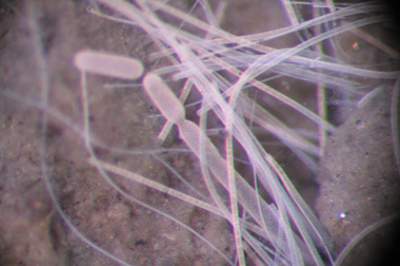 What are the minimum and maximum sizes can reach the bacteria.
What are the minimum and maximum sizes can reach the bacteria.
Biologists from the California Institute of technology found out what the minimum and maximum sizes can reach the bacteria. The upper limit scientists have called ribosomal disaster, because too large cells require an incredible amount of RNA and ribosomes; however, some bacteria were able to overcome. The study is published in The ISME Journal.
The size of different bacteria can vary by several orders of magnitude, from 0.1 micrometers in Mycoplasma mycoides, which is comparable with some of the major viruses up to 750 micrometers in Thiomargarita namibiensis. The amount of bacteria increases proportionally to the cube of its linear dimensions, which means a more active metabolism, which gives the microbes an advantage in speed of growth and reproduction. However, there are size limits to overcome that bacterial cells are unable.
Scientists have created a computer model that helps predict how changes the metabolism and composition of cells with increasing its size. To do this, the biologists estimated how much intracellular space is required for the functioning of all the vital components: DNA, RNA, proteins and ribosomes. According to researchers the bacteria with the volume of the cell is less than 10-21 m in a cube can not exist, because it does not fit biopolymers such as DNA and proteins. The minimum size limit of cellular membranes.
The theoretical volume only three orders of magnitude different from the size of the smallest known bacteria. With regard to the maximum limit, the more bacteria, the more it requires the cellular components that are necessary for the processes of gene transcription and protein synthesis, as well as maintaining rapid growth and division. In the end, this leads to the so-called ribosomal accident when final size of cells require endless amounts of ribosomes, transfer RNA and the messenger RNA. Scientists estimate that this happens with the volume at 10-15 meters cubed.
Interestingly, Thiomargarita namibiensis is much higher than this upper limit. Even if you delete it from quite a large vacuole, its size will still be more boundaries ribosomal disaster. Scientists believe that this is facilitated by conditions that favor slow development and growth of bacteria.








